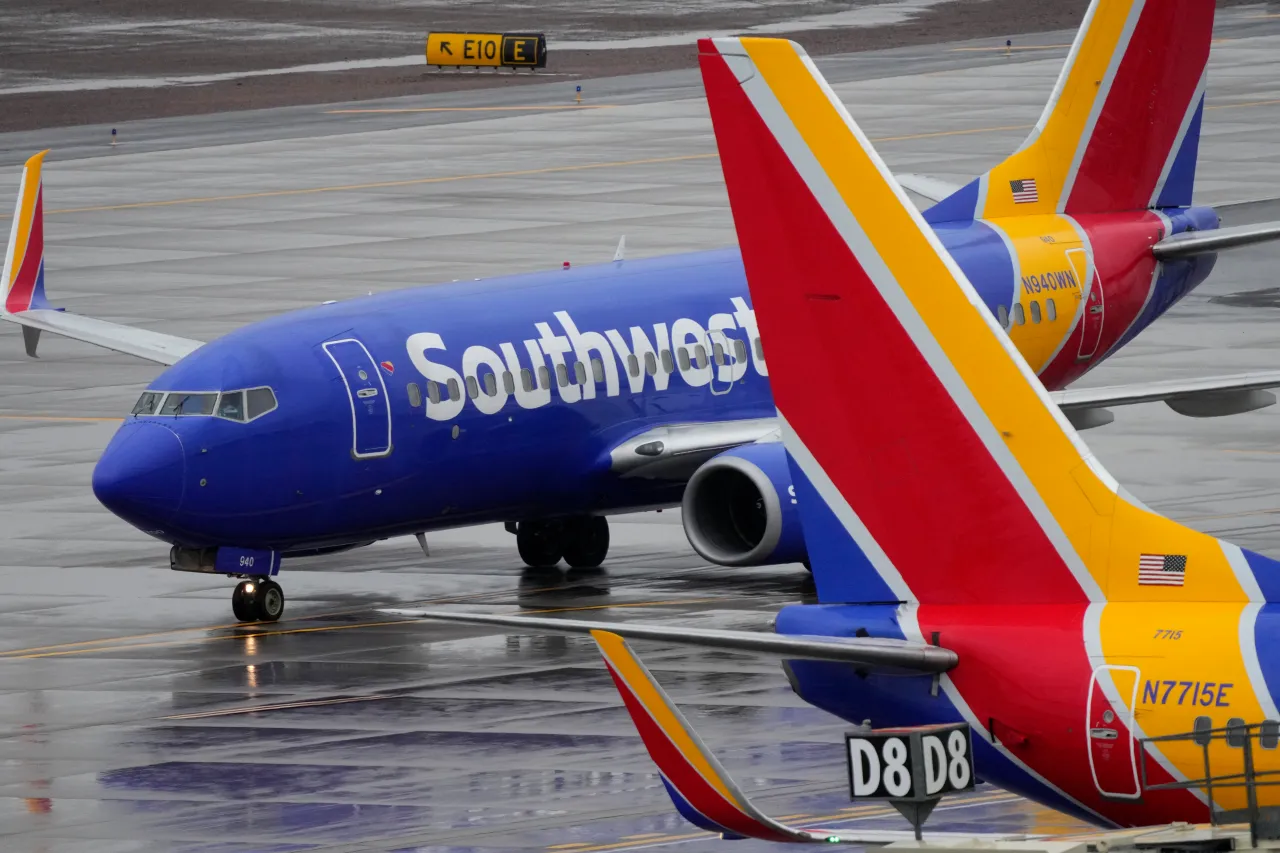After more than five decades, Southwest Airlines is retiring its iconic open seating policy. In a significant shift, the Dallas-based airline announced that it will implement assigned seating, responding to evolving customer preferences for longer flights. This change, along with other operational updates, aims to broaden Southwest’s appeal to both new and existing customers.

Adapting to Customer Preferences: Introducing Assigned Seating
In a press release on Thursday, Southwest Airlines acknowledged that customer preferences have evolved, with a majority now favoring assigned seats, particularly for longer flights. “Preferences have evolved with more customers taking longer flights where a seat assignment is preferred,” the airline stated. According to Southwest, four out of five customers prefer assigned seats, prompting the airline to move towards this new policy. Although the exact date for the switch has not been disclosed, more details are expected in late September. This move marks a significant departure from Southwest’s long-standing open seating policy, where passengers chose their seats upon boarding. The airline hopes that assigned seating will enhance customer satisfaction and attract a broader customer base.
Enhancing Passenger Experience: Premium Seating and Red-Eye Flights
Assigned seating is just one of several major changes on the horizon for Southwest. The airline plans to introduce premium seating options across its fleet, providing extended legroom for roughly one-third of seats, similar to offerings from industry peers. Additionally, Southwest is launching red-eye flights, with bookings already open. The first overnight flights are scheduled to land next Valentine’s Day, serving five initial nonstop routes:
- Las Vegas to Baltimore
- Las Vegas to Orlando
- Los Angeles to Baltimore
- Los Angeles to Nashville
- Phoenix to Baltimore
Southwest aims to expand red-eye flights to other markets eventually, enabling 24-hour operational capabilities. These changes, coupled with a cabin refresh and fleet upgrades—including in-seat USB charging and stronger Wi-Fi—are designed to enhance the overall passenger experience.
Financial Performance and Future Outlook
The sweeping changes are part of Southwest’s strategy to add value for both customers and investors. “Our goal is to restore industry-leading margins and historical levels of shareholder returns through our comprehensive plan to deliver transformational commercial initiatives, improved operational efficiency, and capital allocation discipline,” said Bob Jordan, Southwest’s President, CEO, and Vice Chairman of the Board of Directors.

In a separate press release announcing second-quarter earnings, the airline reported a 4.5% year-over-year increase in operating revenues, reaching an all-time quarterly high of $7.4 billion. Despite these positive results, Southwest’s earnings have faced pressure in recent quarters due to delays in plane deliveries from Boeing, which have impacted revenue and increased costs. The airline is also contending with pricing pressure as industry-wide overcapacity has dampened domestic airfares.
